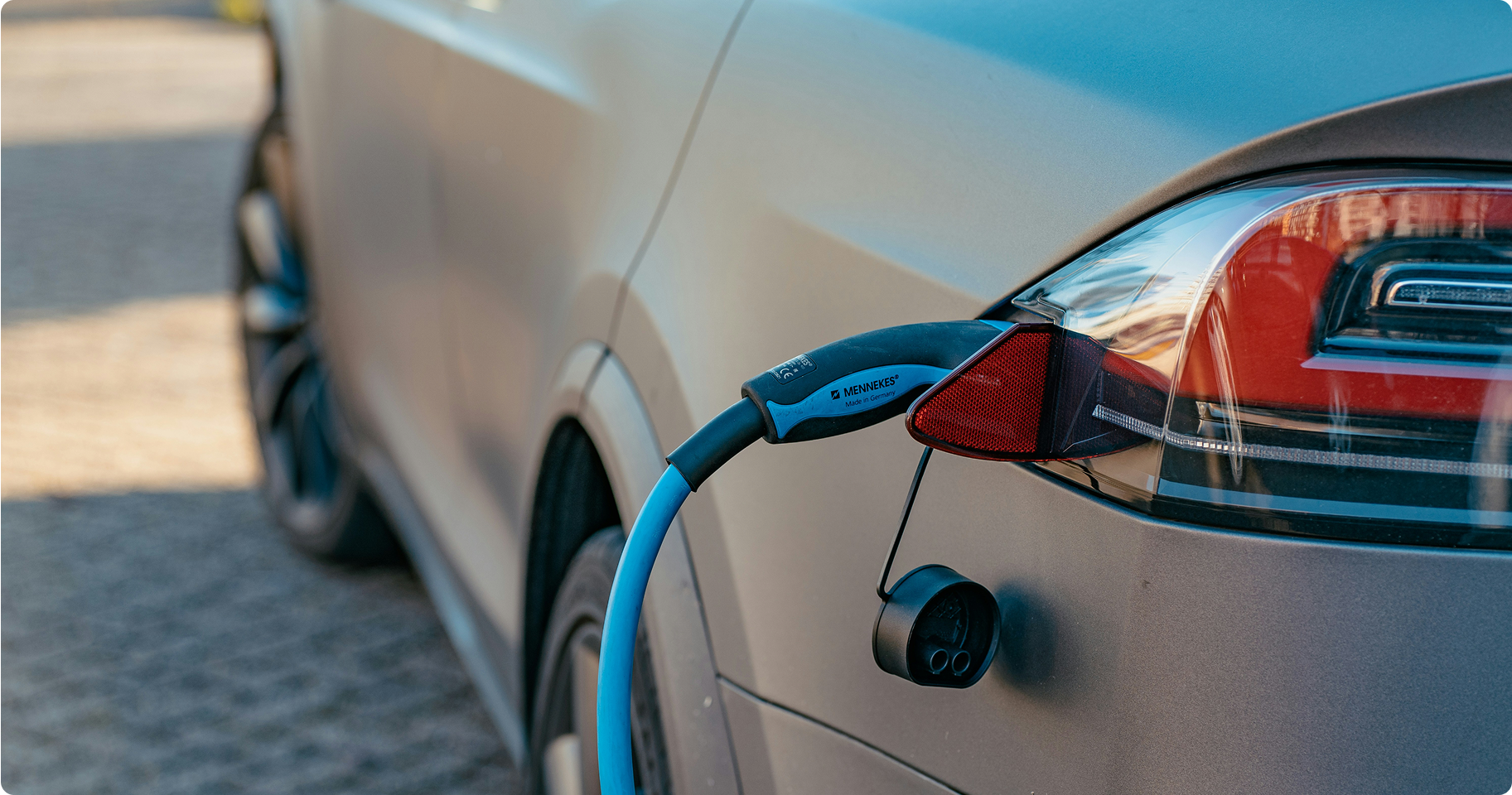

The Natural gas for vehicles, or CNG, is increasingly being used as an alternative to traditional fuels. But how much do you really know about this fuel? In this article, we will explore the characteristics of CNG, its advantages and disadvantages, as well as its various applications in the world of transport.
Natural gas for vehicles, often referred to by the acronym CNG, is a alternative fuel derived from natural gas, mainly composed of methane. Unlike gasoline and diesel, CNG produces fewer polluting emissions and offers several environmental advantages.
The main composition of CNG is methane, a highly flammable gas. This gas is extracted from underground reserves of natural gas, then compressed or liquefied to be used as fuel for vehicles. The production process includes several purification steps to ensure that the gas is pure enough for efficient combustion.
There are two main forms of CNG: Compressed Natural Gas (CNG) And the Liquefied Natural Gas (LNG). CNG is stored at high pressure in special tanks, while LNG is cooled to extremely low temperatures to be transformed into liquid. These two forms have specific uses depending on the type of vehicle and the distance travelled.
CNG has many advantages over traditional fuels like gasoline and diesel.
One of the main attractions of CNG is its ability to reduce carbon dioxide (CO2) emissions and other pollutants compared to traditional fossil fuels. In fact, the combustion of CNG emits less CO2 per kilometer traveled, which contributes to reducing the overall carbon footprint of vehicles.
Natural gas often costs less than gasoline or diesel, which makes it possible to make significant savings over the long term. In addition, CNG engines tend to require less maintenance, reducing operating costs even further.
Natural gas is abundantly available in many parts of the world, making it a reliable and sustainable resource. By using CNG, we can reduce dependence on oil imports, thus contributing to the strengthening of national energy security.
Despite these advantages, CNG also has some challenges and limitations.




No more time-consuming detours in stations or the constraints associated with limited CNG infrastructures. With TankYou, your vehicles are refuelled directly on site, wherever they are located: warehouse, warehouse or car park. You save time, optimize your operations, and better control your fuel budget.
Although the number of gas stations offering CNG is increasing, it is still significantly lower than the number of retail outlets for traditional fuels. This poses a major problem for drivers who want to use CNG exclusively, especially in rural or remote areas.
CNG vehicles generally have less autonomy compared to their gasoline or diesel-powered counterparts. This limitation requires more careful trip planning to avoid running out of fuel.
The tanks needed to store CNG generally take up more space than those designed for liquid fuels, reducing the space available for passengers or cargo. This can be a particular problem for small cars and light vehicles.
CNG is not only reserved for one type of vehicle. Let's find out how it is used in various automotive contexts.
Passenger cars
More and more car manufacturers are offering passenger car models equipped with engines compatible with CNG. These vehicles are particularly popular with consumers who care about the environment and are looking for economical options in terms of fuel cost.
Trucks and trucks
Heavy trucks and trucks represent a significant portion of fossil fuel consumption in the transport sector. The use of CNG for these vehicles not only reduces CO2 emissions but also makes it possible to cope with increasing legislation to reduce pollution linked to road transport.
Public transport
Many cities have started to adopt buses and coaches that run on natural gas to reduce their ecological footprint. The use of CNG in public transport has demonstrated its effectiveness in terms of reducing pollution and improving urban air quality.
These notable practices show how increased adoption of NGV could positively transform the transport sector, while offering viable long-term solutions to current environmental challenges.

From producer to meter, electricity follows a smart grid that is constantly changing to meet consumption and green energy challenges.
